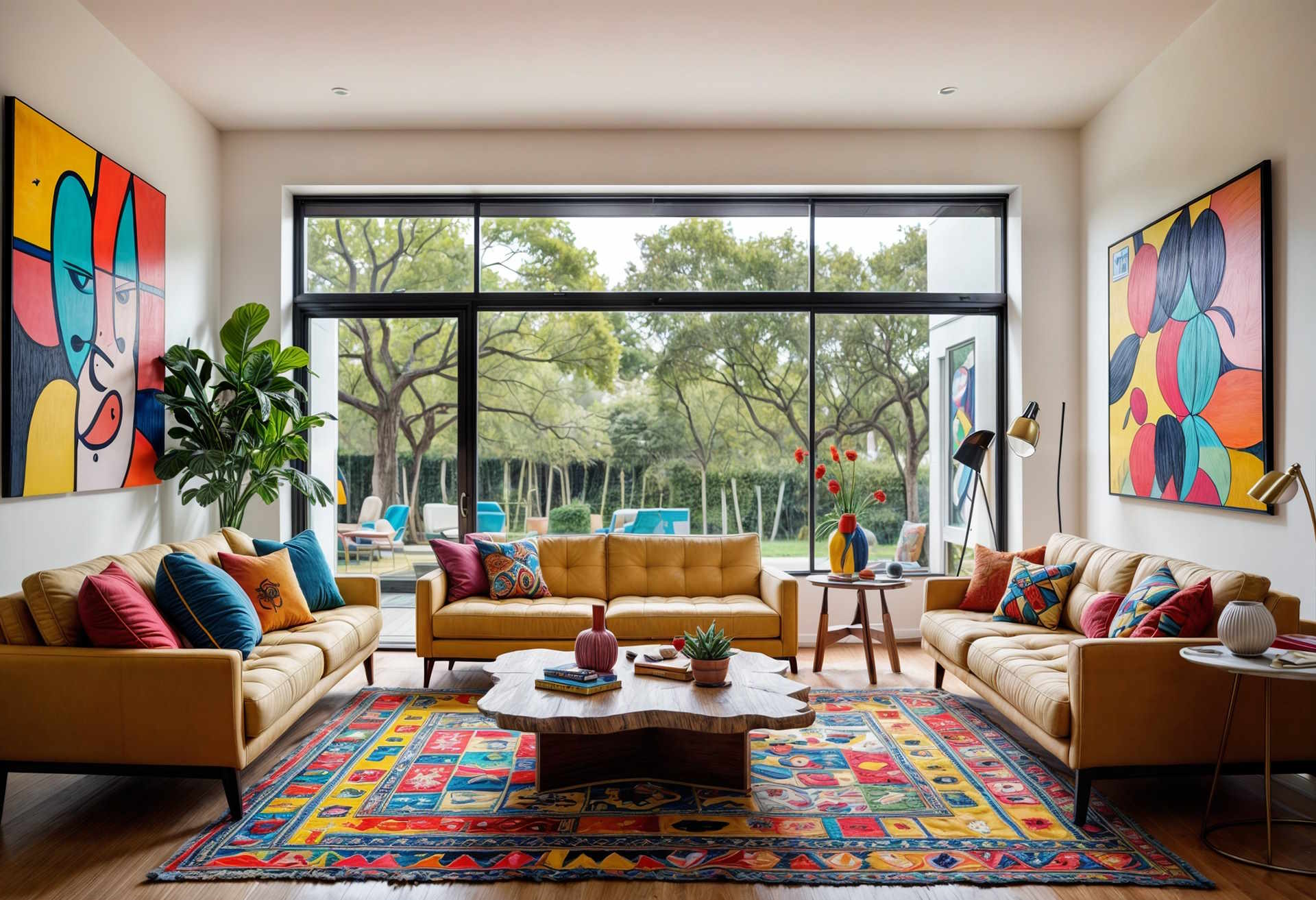Micro-Apartments: Maximizing Space in Urban Real Estate Markets
Urban dwellers are increasingly embracing a new housing trend that challenges traditional notions of living space. Micro-apartments, typically ranging from 150 to 400 square feet, are reshaping city skylines and redefining what it means to live comfortably in dense metropolitan areas. This innovative approach to urban housing offers a unique solution to skyrocketing real estate prices and limited land availability in major cities worldwide. As more young professionals and minimalists seek affordable living options in prime locations, micro-apartments are emerging as a viable and attractive alternative to conventional housing.

The Rise of Micro-Living
Micro-apartments, also known as micro-units or nano flats, have gained significant traction in urban centers over the past decade. These compact living spaces originated in densely populated Asian cities like Tokyo and Hong Kong, where land scarcity and high property prices necessitated creative housing solutions. The concept has since spread to major metropolitan areas across the globe, including New York, London, and San Francisco.
The appeal of micro-apartments lies in their ability to offer affordable housing options in desirable locations. By maximizing efficiency in a smaller footprint, these units allow residents to live in prime urban areas that might otherwise be financially out of reach. This trend aligns with the growing preference for experiences over possessions, particularly among millennials and Gen Z, who prioritize location and lifestyle over square footage.
Design Innovations in Micro-Apartments
Architects and interior designers are at the forefront of the micro-apartment revolution, developing ingenious solutions to make small spaces both functional and comfortable. Multi-purpose furniture, such as Murphy beds that transform into desks or dining tables, and modular storage systems that adapt to changing needs, are staples in these compact dwellings.
Vertical space utilization is crucial in micro-apartment design. Loft beds, elevated storage platforms, and floor-to-ceiling shelving units maximize every inch of available space. High ceilings and large windows are often incorporated to create a sense of openness and alleviate potential feelings of claustrophobia.
Smart home technology also plays a significant role in enhancing the livability of micro-apartments. Voice-activated systems can control lighting, temperature, and entertainment, eliminating the need for multiple control panels and switches that would clutter limited wall space.
Economic Implications for Real Estate Developers
For real estate developers, micro-apartments present an intriguing opportunity to maximize returns on investment in high-value urban areas. By increasing the number of units per building, developers can potentially generate higher rental income per square foot compared to traditional apartment layouts.
However, the development of micro-apartments is not without challenges. Zoning laws in many cities have minimum size requirements for residential units, which can impede the construction of these compact dwellings. Additionally, building codes may need to be updated to accommodate the unique features of micro-apartments, such as shared common spaces and innovative storage solutions.
Despite these hurdles, several cities have begun to adapt their regulations to facilitate micro-apartment development. For instance, New York City launched a pilot program in 2013 to test the viability of units smaller than the previously mandated minimum size, paving the way for future micro-apartment projects.
Impact on Urban Planning and Sustainability
The proliferation of micro-apartments has significant implications for urban planning and sustainability. By increasing housing density in city centers, these units can help combat urban sprawl and reduce the environmental impact associated with long commutes. Higher population density in urban cores can also support more efficient public transportation systems and encourage the development of walkable neighborhoods.
Moreover, micro-apartments inherently promote a more sustainable lifestyle. Their small size requires less energy for heating and cooling, and the limited space discourages excessive consumption and waste. Many micro-apartment buildings also incorporate shared amenities, such as communal kitchens, lounges, and laundry facilities, further reducing individual resource consumption.
Challenges and Criticisms of Micro-Living
While micro-apartments offer solutions to urban housing challenges, they are not without controversy. Critics argue that these small living spaces may lead to substandard living conditions and exacerbate issues of overcrowding in cities. There are concerns that developers may prioritize profit over quality of life, potentially creating modern-day tenements.
Mental health experts have also raised questions about the long-term psychological effects of living in such confined spaces. Issues such as lack of privacy, limited storage, and the inability to entertain guests comfortably are cited as potential drawbacks of micro-apartment living.
Additionally, some urban planners worry that an oversupply of micro-apartments could lead to demographic imbalances in neighborhoods, catering predominantly to single, young professionals at the expense of families and long-term residents.
The Future of Micro-Apartments in Real Estate
As urban populations continue to grow and housing affordability remains a pressing issue, micro-apartments are likely to play an increasingly important role in the real estate landscape. The success of this housing model will depend on thoughtful design, regulatory support, and a balance between density and livability.
Looking ahead, we may see further innovations in micro-apartment design, such as transformable spaces that can adapt to different uses throughout the day or modular units that can be combined or separated as residents needs change over time. The integration of shared economy principles, like co-living arrangements and communal resources, may also evolve alongside the micro-apartment trend.
For real estate professionals, understanding the nuances of micro-apartment development, marketing, and management will be crucial. As this segment of the housing market grows, it will create new opportunities for specialized services and expertise in urban living solutions.
In conclusion, micro-apartments represent a creative response to the challenges of urban housing in the 21st century. While they may not be suitable for everyone, these compact dwellings offer a viable option for those seeking affordable, centrally-located housing in bustling cities. As the concept continues to evolve, it will be essential for real estate stakeholders to carefully consider the balance between efficiency, affordability, and quality of life in shaping the future of urban housing.




